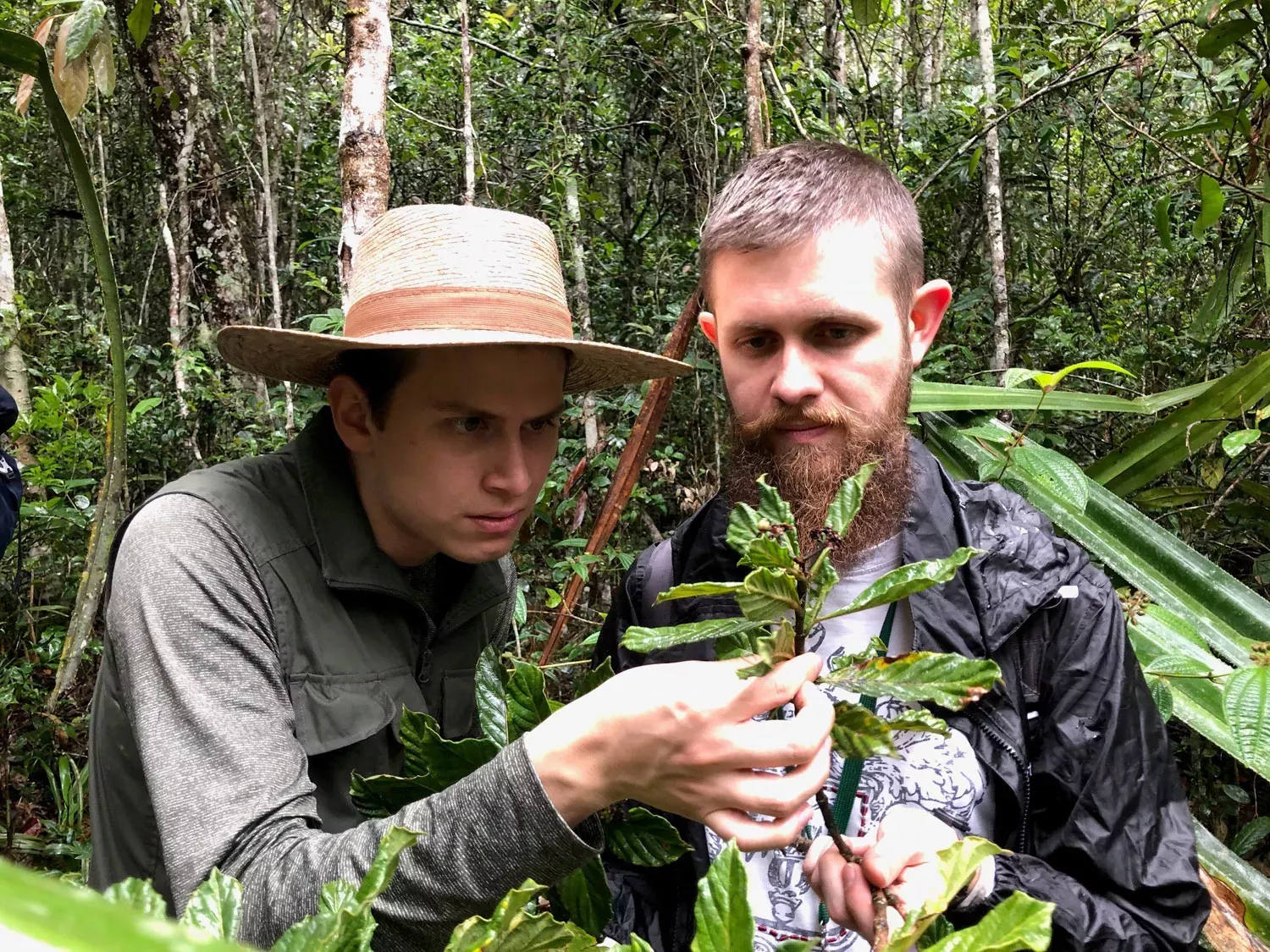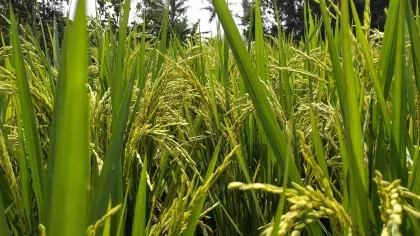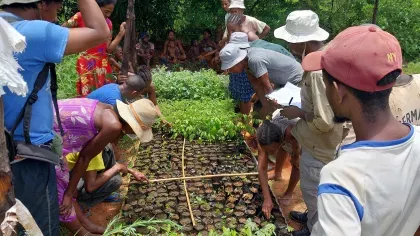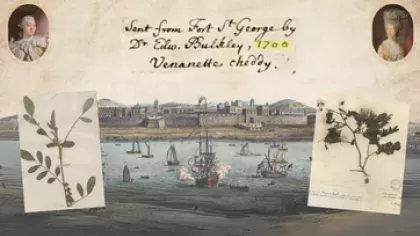15 May 2023
Much more than lemurs and baobabs: training the next generation of scientists in Madagascar
María Chávez, an MSc in Plant and Fungal Taxonomy, Diversity, and Conservation student, shares her experiences and thoughts after her field trip to one of the world's most biodiverse countries.

The beginning of a life-changing journey
From the window of the plane, we look down upon brick-coloured rivers flowing through the landscape, giving life to every space of this distant island.
Twenty students and I were ready to live one of the most wonderful and educational experiences of our lives. Accompanied by incredible botanists and local guides, we spent two weeks surrounded by nature, developing our plant and fungal knowledge, and understanding the urgency of preserving biodiversity.
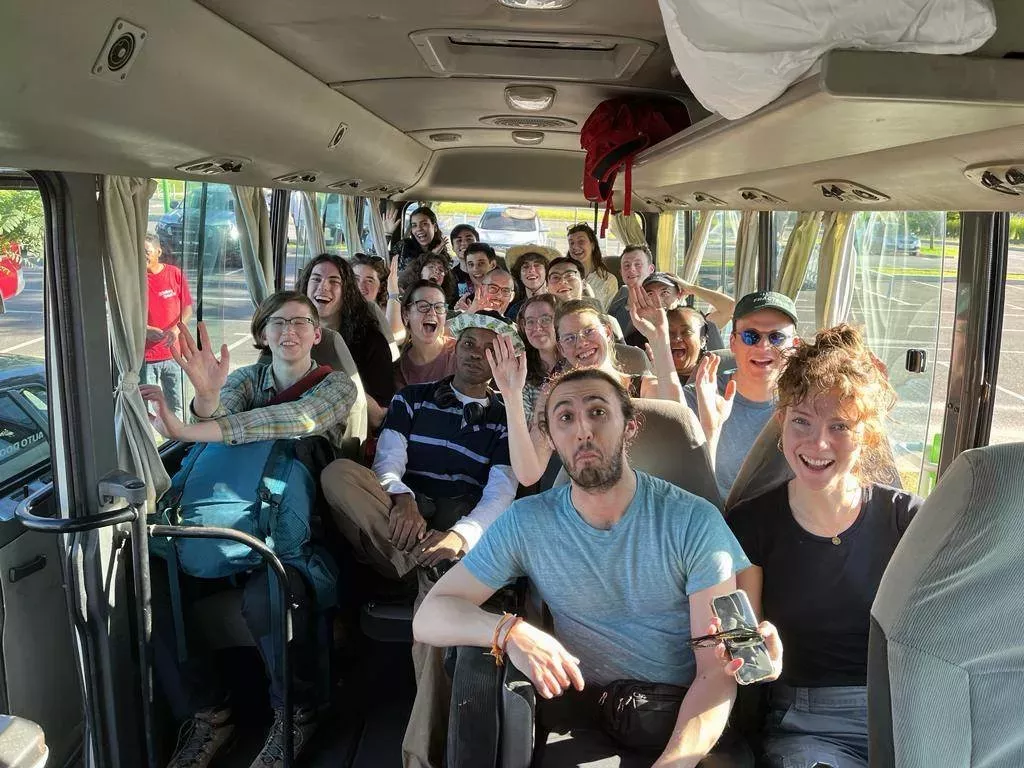
Our training started in Antananarivo, Madagascar’s capital, where we visited the Botanical and Zoological Garden of Tsimbazaza (PBZT) and the biggest herbarium in the country.
For me, it was a huge privilege to observe species and even families found nowhere else on Earth other than in Madagascar. I saw for the first time the incredible baobabs and the charismatic lemurs, but the amazing Malagasy biodiversity contained many other things that were waiting for us in the humid forests of Andasibe.
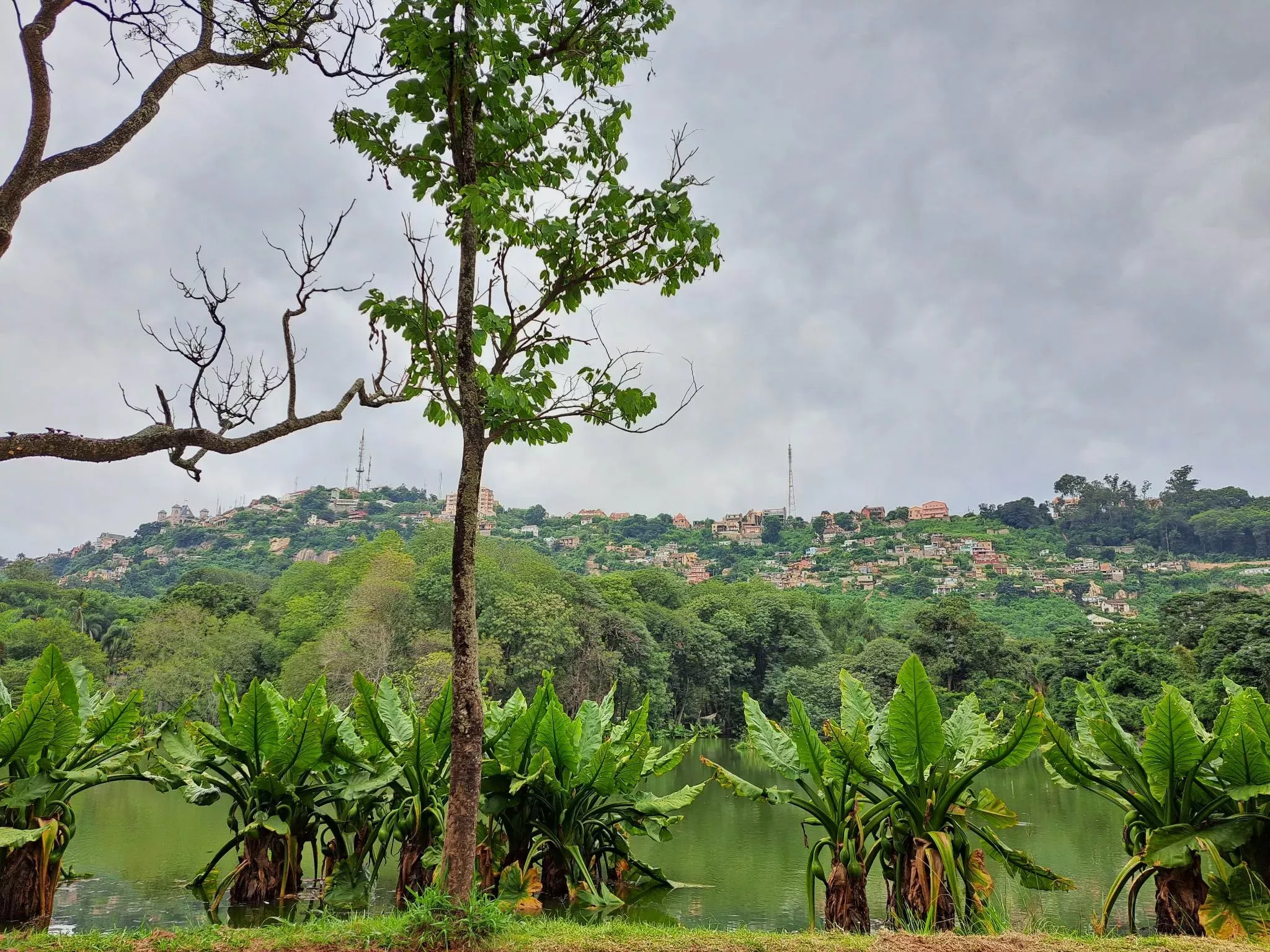
Training days: why is it important to learn how to identify species?
To protect biodiversity, we first have to know how many species occur in a place... but that’s no simple ask. There must be people prepared to identify and describe that biodiversity. That is why we spent most of our travel in the Mantadia National Park and the Analamazaotra Forest Station.
During the days there, we focused on identifying plants and fungi at the family level, recognizing their distinguishing characteristics, and knowing how to collect samples that are useful for future research.
For example, if we see a plant with leaves paired in opposites, with stipules (outgrowths at the base of the leaf), and without latex, it's likely that we are in the presence of a Rubiaceae, one of the most diverse families in the area and which includes beautiful species such as Tricalysia analamazaotrensis named after the place we visited.
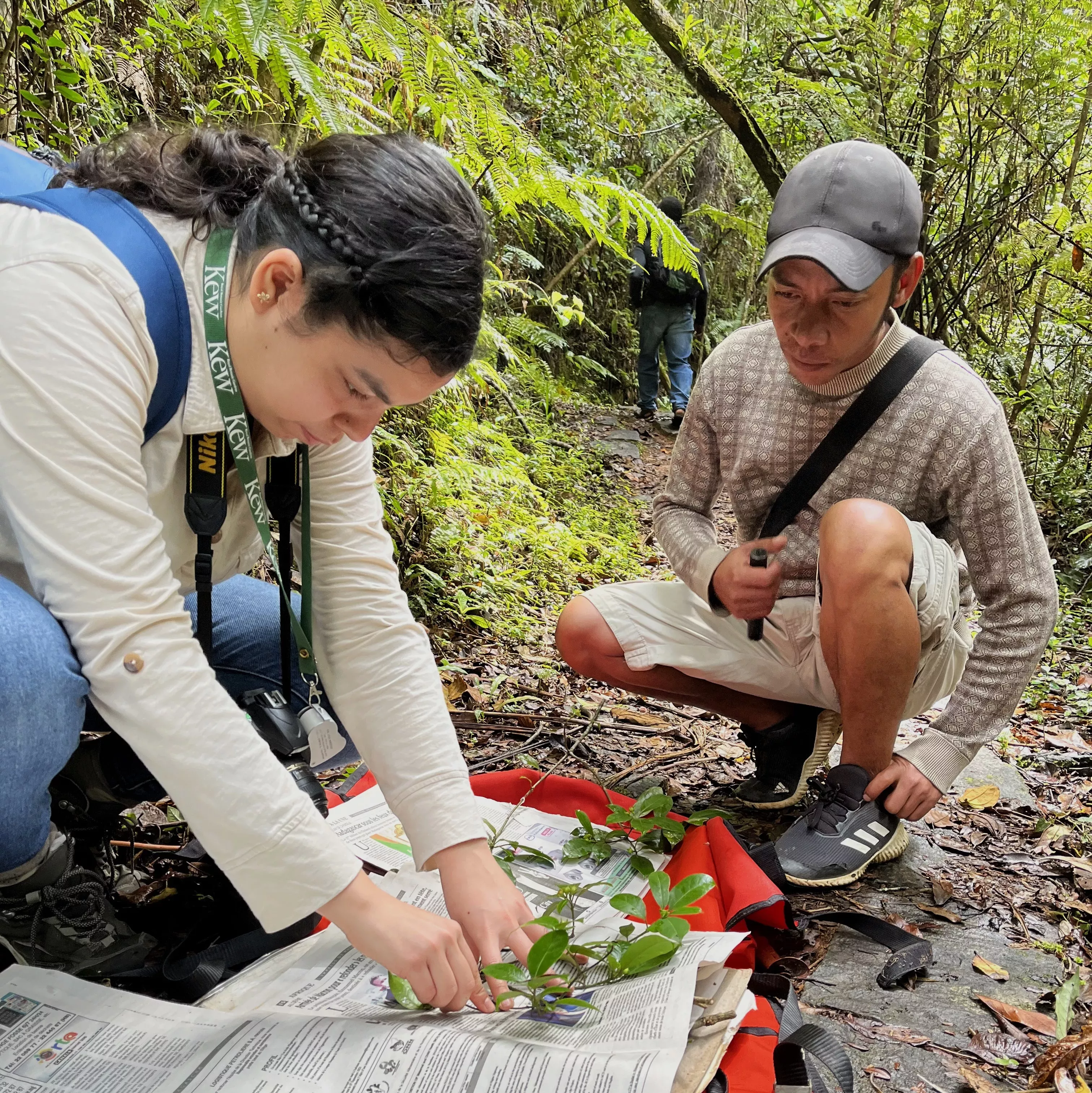
Every day was special to me in some way. Staying focused on looking for mushrooms on fungi-focused days (avoiding the temptation to look at plants like the botanist that I am) or challenging the things I thought I knew about plants when the Kew Madagascar Conservation Centre (KMCC) botanists came up with a new sample to identify.
Each moment shared with my colleagues, each anecdote and each new botanical family added to memories that will remain with me forever.
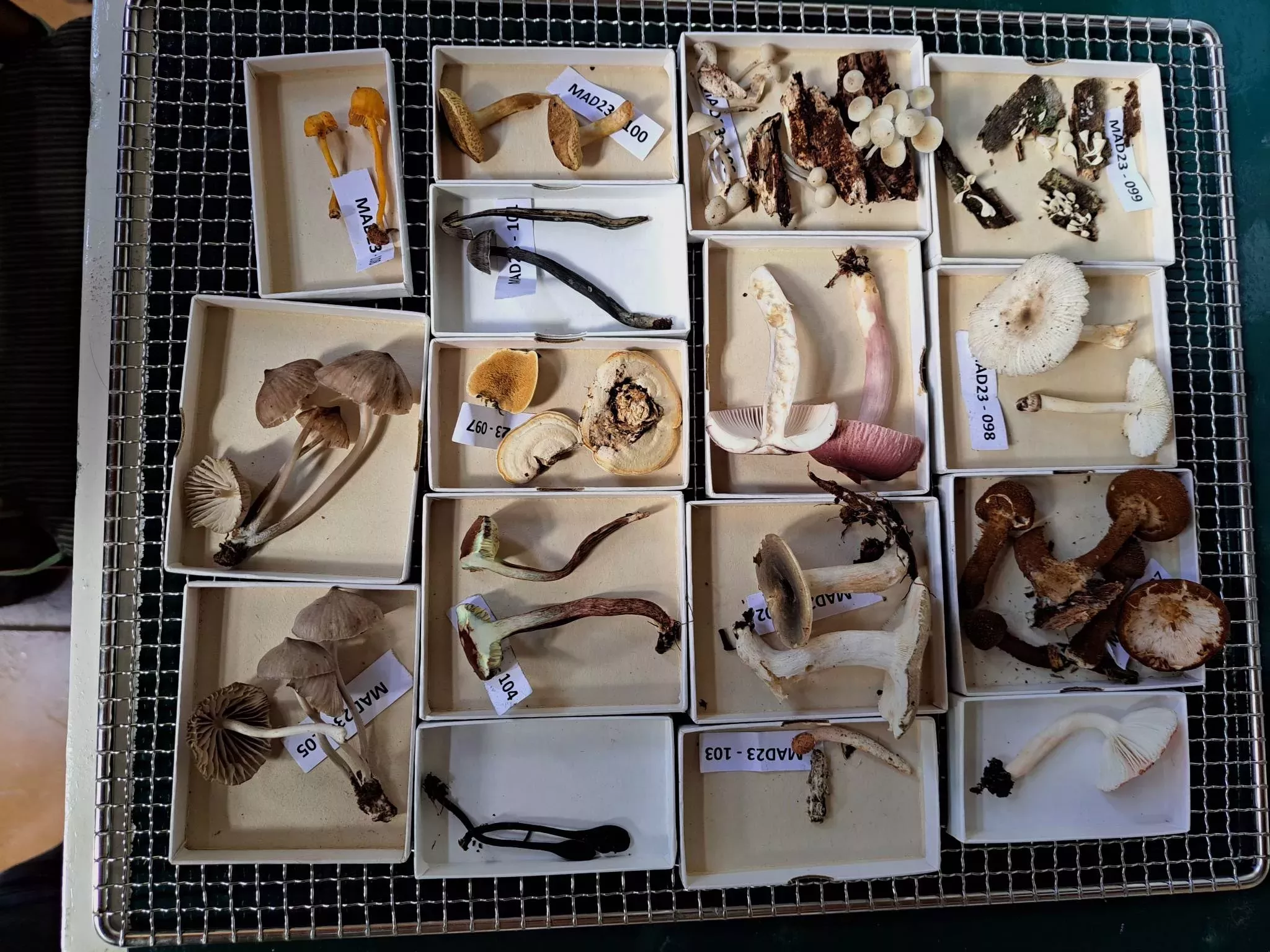
What we have and what is at risk
Although Madagascar is one of the megadiverse countries today, much of its biodiversity is seriously at risk. The overexploitation of resources, the burning of forests to make way for more cultivation areas, and expansive mining are some of the risks it faces.
This became quite clear to me as we rode the roads from Antananarivo to Andasibe. Guessing what the original vegetation was like was almost impossible for me; introduced plants and rice fields dominated the landscape.
It was difficult to imagine how these changed landscapes once looked very close to the humid forests where we were working just days later. The trip made me change my idea of Madagascar as a heavenly untouched place, to an assortment of fragile environments that require immediate action to protect them.
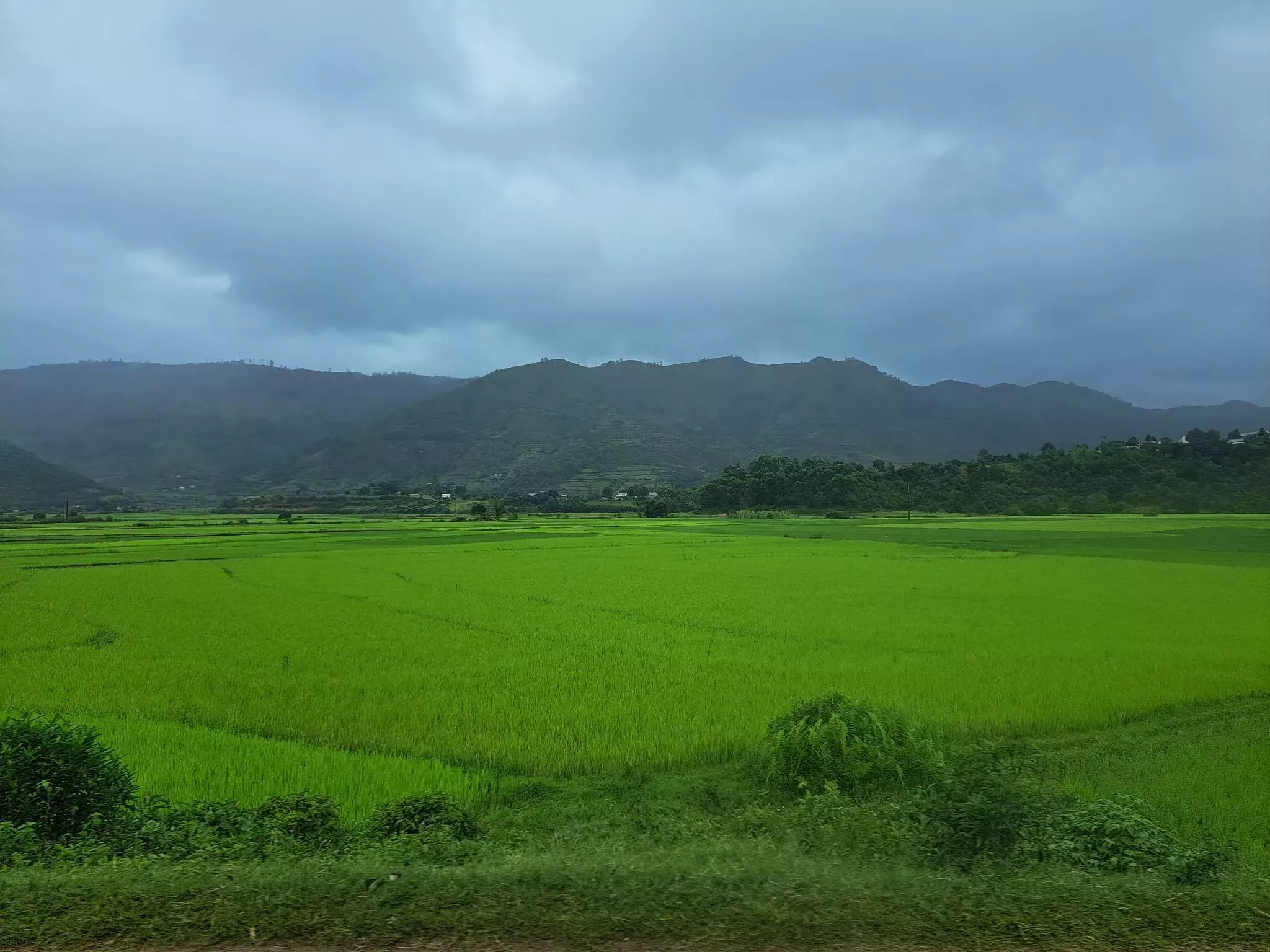
What is next?
If I had to sum up the trip in one word, it would be resilience.
Despite the evident destruction of ecosystems, nature still has the potential to recover. The conservation and reforestation projects that are underway in some Protected Areas and the enthusiasm of the Malagasy botanists filled me with hope. There are people documenting groups as interesting as mosses or orchids, or teams dedicated to collecting seeds of endangered species for their storage in seedbanks.
This trip was more than botanical training for me. It showed me that we are not strangers to biodiversity and that all our actions have an impact on its conservation.
I am sure that those two weeks will change the way we perform as young scientists. In my case, and as a Mexican botanist, I will continue documenting the biodiversity, but now with a more holistic perspective of what conservation means.
Now I have examples of how three very different continents face the threats that endanger biodiversity, I am confident that this experience will lead my career to a better place.
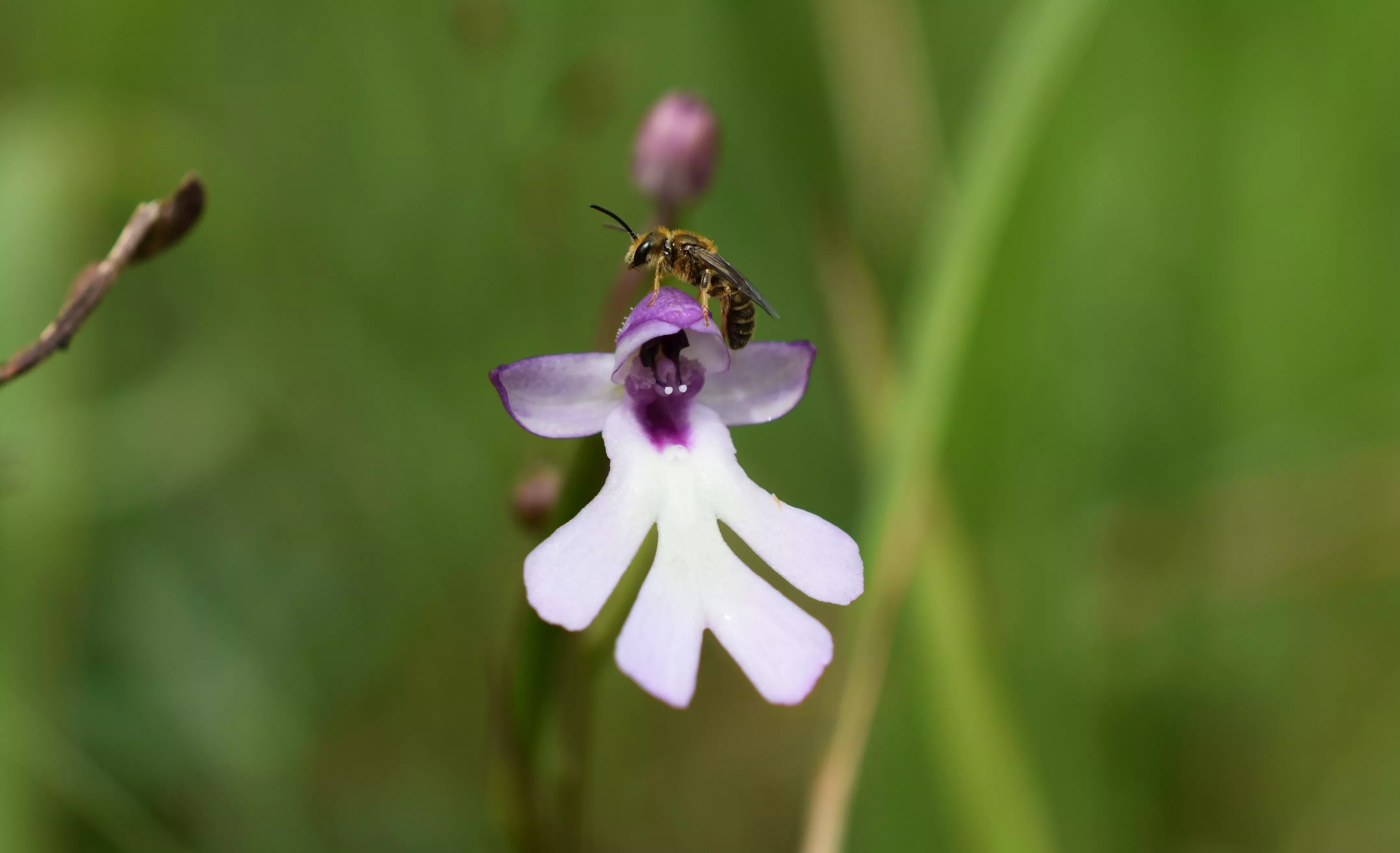
Acknowledgments
Special thanks to my MSc colleagues, Isabel Larridon, Marie Briggs, Lee Davies, Richard Gianfrancesco, the entire KMCC and PBZT team, and the National Parks guides for making this trip possible and providing us with so much knowledge.
